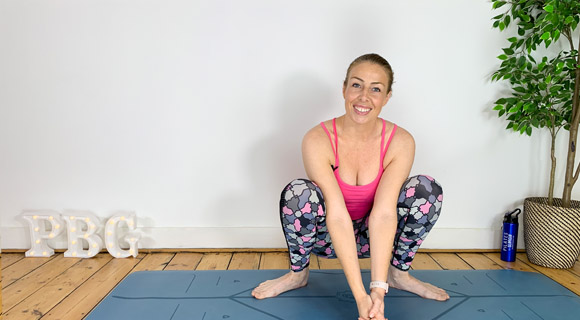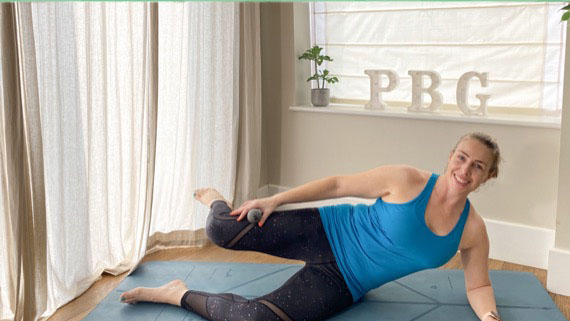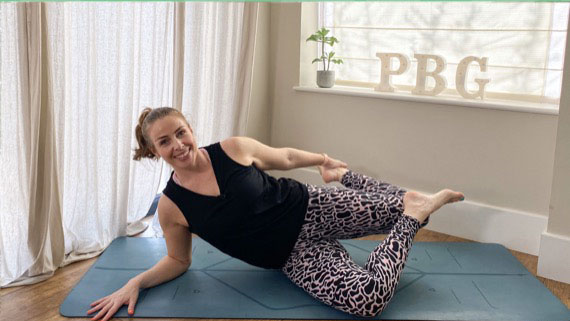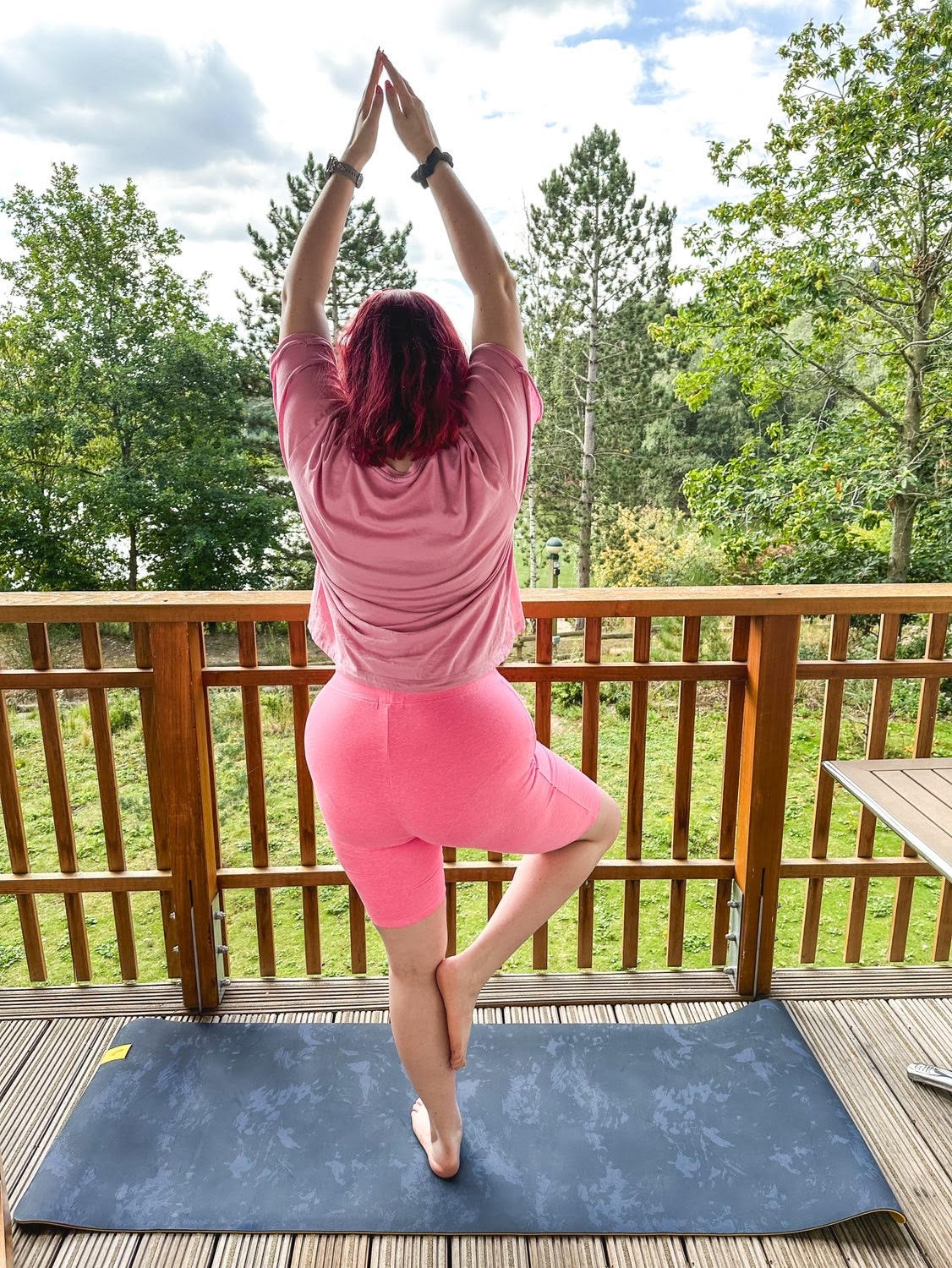ITB Pain
What is the Iliotibial band, or ITB?
The Iliotibial band or ITB is a long, fibrous band of flexible fascia that extends from the hip to just below the outside of the knee. It also has an attachment to the outside of your knee cap.
All about ITB Pain
Causes of Iliotibial Band Pain
It is usually an overuse injury, causing pain at the outside of the knee. It is typically seen in runners and cyclists. The cause of ITB syndrome is commonly thought to be caused by the friction of repeatedly bending and straightening the knee that leads to inflammation of the area under the IT band. It could also be the result of compressive forces to a fat pad that is deep to the ITB.

There are many factors that could be causing the irritation of the ITB:
- Variations in anatomy - for example: hip and knee alignment and excessive foot pronation can all cause increase strain to the ITB. Flexibility will also impact the way the foot, ankle, knee and hip joints move, causing compensations.
- Muscle strength imbalances and decreased muscle coordination in the pelvis, hip, knees, foot and ankle can also lead to faulty movement patterns and increase strain to the ITB.
Symptoms of ITB Pain
Pain is located on the outside of the knee that can increase as a person runs, cycles or performs other exercises that involve repetitive bending and straightening of the knee. One may also experience a feeling of clicking, popping or snapping on the outside of the knee.
ITB Pain Relief
Change your routine: modify or avoid activities that worsen your pain to help reduce irritation.
ICE or HEAT: applying ice or heat to the affected area can help relieve pain and reduce inflammation.
Medication: seek appropriate pain relief to reduce discomfort and allow for more mobility exercises.
Do watch the PBG information class on ITB pain and then try the QuickFix exercise class to learn how to safely stretch and strengthen to relieve hip discomfort.
Free Class: Quick Fix for ITB Pain

 Physio Tip!
Physio Tip!
Keep an eye on your shoe wear!
The recommended shoe wear for runners ranges from 300 to 500 miles. Training in shoes that are too worn can alter the mechanics in the foot, ankle, knees, hip, and pelvis - and possibly cause injuries such as ITB syndrome.
Alert!
Contact your healthcare provider immediately if:
- You have severe outer hip and/or knee pain that started suddenly, but you've no history of trauma
- You have an inability to weight bear
- The skin around your hip has changed colour
- You have hip pain and feel generally unwell and have a high temperature or feel hot and shivery.










